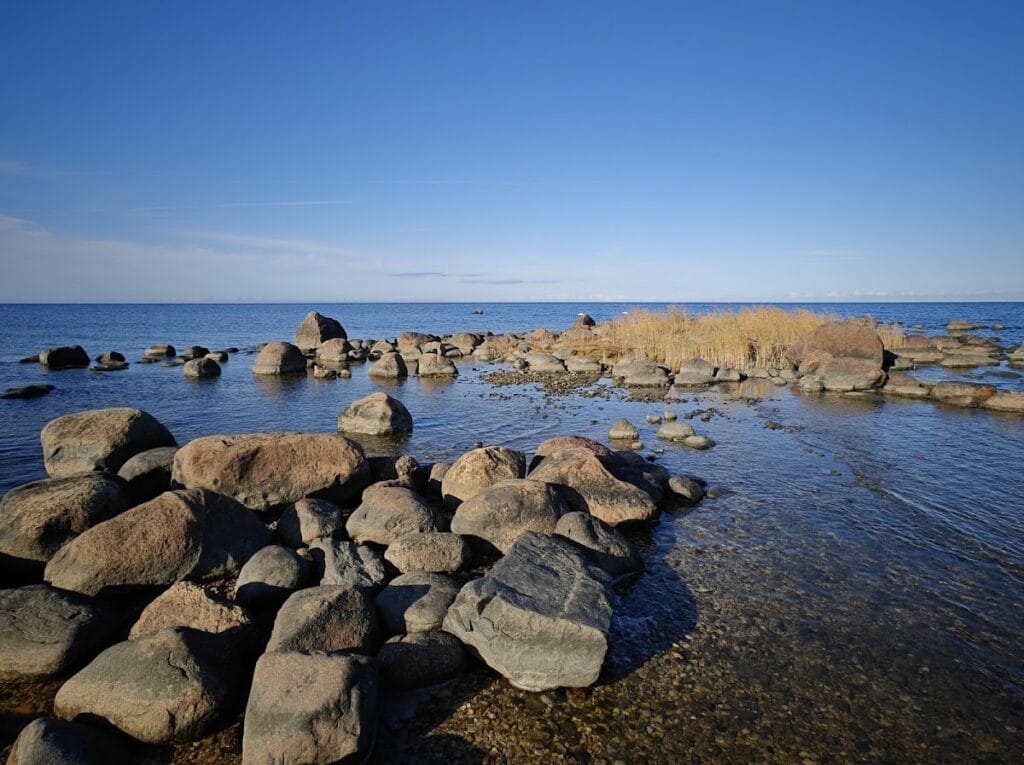Toolse Castle: A Medieval Fortress in Estonia
Visitor Information
Google Rating: 4.7
Popularity: Low
Google Maps: View on Google Maps
Official Website: www.visitestonia.com
Country: Estonia
Civilization: Medieval European
Remains: Military
History
Toolse Castle is located in the municipality of Toolse, Estonia, and was originally constructed by the Livonian Order in the late 15th century. The site was chosen to protect the nearby harbor and village from frequent pirate attacks, as well as to serve as a defensive outpost against advancing Russian forces.
The earliest known fortification at this location was likely a manorial stronghold owned by the noble Wrangel family during the late 14th or early 15th century. In 1471, Johann Wolthus von Herse, who led the Livonian Order at the time, independently initiated the construction of a new fortress, later named Vredeborch (with alternative spellings such as Fredeborch and Fredeborg). This fortress aimed to defend the important harbor at Toolse, first mentioned in records in 1437 as a marketplace where Finnish and Estonian peasants traded grain and salted fish. Von Herse’s initiative, undertaken without the approval of the Order’s council, marked the beginning of the castle’s prominent military and administrative role.
Following von Herse’s deposition in 1471 and death in 1472, his successor Berent von der Borch restored the castle’s original name to Tolsburg. The fortress continued to function as the residence and stronghold of the local commander, known as the vogt. During the Livonian War in 1558, Russian forces captured Toolse Castle, but by the Treaty of Teusina in 1595, Russia relinquished its claims to this area, including the castle, which signified the shifting political control in the region.
In the early 17th century, efforts were made to restore and maintain parts of the castle, allowing it to remain partly operational. However, its military prominence diminished over time, and in the early 18th century, during the Great Northern War, the fortress was destroyed and ultimately abandoned. It remained in ruins until conservation work began in the 20th century, preserving its legacy as a monument of Estonia’s medieval past.
Remains
The ruins of Toolse Castle reveal a complex layout that developed over roughly two hundred years through at least five major construction phases. The castle’s design evolved from a simple tall residential tower into a fortified complex featuring inner and outer courtyards, defensive walls, and towers adapted for the use of firearms.
The original 15th-century construction centered on a three-story living tower positioned behind the western façade, which was accessible via a foot gate protected by a portcullis — a heavy vertically sliding grille used for defense. This building formed the heart of the castle’s residence and administrative functions.
Subsequent expansions in the mid-15th century transformed the fortress into a defensive bastion capable of withstanding gunpowder weapons. During this phase, the castle gained an outer courtyard entered through a broad eastern gate. The inner courtyard was reached by passing through a pointed arch gate, with the northern side lined by rooms featuring firing slits and a separate portcullis, enhancing the defensive system.
Later additions included a large square tower on the eastern side, serving as the gate tower for the eastern courtyard and protecting the complex’s northwestern corner. Another significant development was the construction of a round artillery tower on the same corner, featuring an open platform topped with battlements. This tower and the heightened walls indicated adaptations for improved artillery defense. Two projecting towers called danskers were also built on the northern wall to provide additional protection.
The final phase enclosed the castle with a ring-walled forecourt, including a gate tower on the eastern wing, creating a fortified camp (known in German as a laagerkastell). By the late 15th century, the outer walls had reached impressive dimensions, standing approximately 14 meters tall and two meters thick.
Today, conservation efforts have stabilized key features such as the gate tower’s southern and northern facades and repaired the courtyards’ gates. Structural reinforcements include the installation of tie rods in the western residential tower and the waterproofing of a vaulted cellar ceiling. Near the castle ruins, remnants of medieval wave breakers along the shore of Toolse Bay mark the historical connection between the fortress and the harbor it was built to defend.






